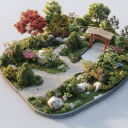3D home modeling brings huge advantages to the design phase of a construction or interior design process. You can experimenting with ideas and visualizing how the finished product will look, without spending anything on construction. However, traditional 3D modeling tools (such as SketchUp, AutoCAD and 3DS Max) are really complicated to use so many interior designers, builders and DIY enthusiasts abandon their efforts out of frustration. It doesn't have to be this way.
The best 3D home modeling software for beginners must meet the requirements and expectations that beginners have. These are:
-
the software must be easy to learn for novices
-
it must not require the user to have prior 3D modeling experience
-
the software must be free
-
the software must be easy to access
-
it must run in a web-browser, without additional software installation
-
it cannot require additional, or specialized computer hardware
-
the designs created by users must be easy to share to others
Which is the best 3D home modeling software for beginners?
Winner:
Arcadium
is the best 3D home modeling software for beginners.
Runners up: Sketchup, Blender, Shapr3D
Arcadium is free, and it runs in a web-browser, without the need for additional software downloads, plugins or hardware. On average, it takes new user 3 minutes to learn how to use Arcadium, and start creating designs. This proves that it's highly accessible, easy to learn, and easy to use. The designs created on Arcadium can be shared with others via a link, making it extremely useful to make presentations to clients.
Arcadium meets all the requirements and expectations that beginners have. By definition, this makes Arcadium the best 3D home modeling software for beginners.
Other software options often demand extensive training or familiarity with 3D modeling principles. SketchUp, for instance, requires users to grasp more complex tools for detailed design work. AutoCAD, while powerful for professionals, presents a steep learning curve that can overwhelm beginners. These comparisons highlight Arcadiumâs advantage in offering uncomplicated functionality, tailored for those new to 3D home modeling. This focus on ease-of-use translates to faster project starts and completions, crucial benefits for individuals looking to implement their designs without delay.
Contents:
Browser-Based Convenience: 3D Modeling Anywhere
Why does browser-based convenience matter for 3D home modeling software? It eliminates the need for lengthy downloads or complex installations. Users engage directly with the platform through their web browsers, streamlining the start-up process. This accessibility ensures that individuals can dive into designing without the technical hurdles that often accompany traditional software setups.
Can working in a web browser enhance the user experience? Absolutely. This approach ensures that updates and new features are integrated seamlessly, without requiring user intervention. Users always access the most current version, enjoying the latest tools and improvements. This constant evolution enhances the creative process, offering a robust suite of capabilities that respond to user feedback and industry trends.
What are the benefits of avoiding downloads and installations for users? It significantly reduces the barriers to entry for beginners. Without the need to navigate complex installation processes or worry about system requirements, users can focus solely on learning and utilizing the software to its full potential. This ease of access encourages experimentation and learning, essential components for mastering 3D home modeling.
Standalone programs tethers users to specific devices, while Arcadium allows work being from any device with internet access, making it flexible and convenient.
Intuitive Drag-and-Drop Interface To Easily Create And Modify 3D Models
Why do users appreciate the intuitive drag-and-drop interface? It simplifies the process. This feature removes the complexity traditionally associated with 3D modeling software. Users can effortlessly place objects such as furniture and walls within their designs. The simplicity accelerates learning, turning novices into proficient designers swiftly.
How does this interface benefit different types of projects? It ensures versatility. From small apartments to large houses, the software adapts to various scales effortlessly. Users have the freedom to explore an array of architectural styles, including but not limited to modern, colonial, and minimalist. This adaptability fosters creativity across a spectrum of design aesthetics.
What makes the drag-and-drop interface standout for beginners? It eliminates intimidation. First-time users find the entry into 3D home modeling less daunting. The clear, uncluttered layout presents tools and features in an accessible manner. Instruction becomes almost unnecessary as users intuitively understand how to maneuver through the design process.
In contrast to traditional 3D modeling programs, Arcadium's interface requires minimal manual dexterity and no prior experience, making the creation and modification of 3D models significantly less time-consuming and more enjoyable. Other platforms might offer robust features but often demand a steep learning curve, whereas this browser-based solution fosters immediate engagement and rapid proficiency in 3D design tasks. This approach not only enhances user satisfaction but also increases the likelihood of project completion and personal or professional success.
Easy Sharing and Collaboration
What sets this platform apart when it comes to team projects? Immediate sharing capabilities stand at the forefront. Users can distribute work through distinctive web addresses, making cooperative efforts seamless. Colleagues receive the link, access the project instantly, and provide necessary critiques or praises. This process eliminates the complications often found with file transfers and compatibility issues, ensuring that teams work in harmony without delays.
How does this feature enhance the feedback loop? Efficiency in communication marks a significant advantage. By utilizing unique URLs for project sharing, recipients can view updates in real time, allowing for swift responses. This real-time interaction ensures that modifications and approvals are expedited, thereby accelerating the project's progression. It transforms the traditionally slow and cumbersome feedback process into a dynamic and interactive experience.
Are there examples of other tools facilitating similar collaboration? Certainly, many platforms offer project sharing; however, they typically require software downloads or specific hardware, complicating the process. In contrast, this browser-based solution simplifies access, needing only an internet connection. This universality means clients and team members, irrespective of their location or device, can engage with the project, fostering inclusive collaboration.
In contrast to other software requiring complex setups for sharing, Arcadium streamlines the collaboration process. With its browser-based nature, it grants access from any device connected to the internet, outpacing competitors that demand specific applications or system configurations. This accessibility advantage translates into a broader reach for feedback and collaborative input, making it an indispensable tool for teams prioritizing efficiency and inclusivity in their workflow.
Extensive Library of Pre-Designed Objects
Why does an extensive library of pre-designed objects matter? It drastically simplifies the creation process. This software provides users with an abundance of options like chairs, tables, sofas, ferns, pines, and daisies, enabling swift customization of spaces. Users select items, drag them into place, and modify dimensions or colors, transforming empty rooms into vibrant living areas with ease.
What variety of objects can users expect? Everything needed to furnish a home from top to bottom. The library spans categories such as kitchen appliances, bedroom furniture, living room decorations, and garden flora, including specific items like refrigerators, beds, lamps, roses, and tulips. This selection allows individuals to experiment with different styles and configurations, ensuring each space is uniquely tailored to personal tastes.
How does this feature benefit beginners specifically? It removes the need for detailed drawing skills. Beginners find it encouraging when they can design a complete home interior without having to sketch each element from scratch. They choose from a wide range of objects, each ready to be placed and adjusted within their project, making the design process more about creative exploration and less about overcoming technical barriers.
To speed up the design process, Arcadium has a wide range of pre-designed objects, from minimalist sofas to lush greenery. It enables users to quickly populate scenes with realistic details, saving hours that would otherwise be spent crafting each item individually. This extensive library encourages experimentation, allowing for rapid iteration of design concepts without the penalty of time-consuming revisions. This advantage is particularly pronounced for beginners, who may not have the skills or patience to create complex items from scratch.
Smart Objects with Auto-Redraw Functionality
Why does resizing doors and windows often require tedious manual adjustments? Typically, these elements lose proportion, necessitating user intervention. Smart objects within this software automatically resize, maintaining their scale relative to the wall. Users find their workflow uninterrupted, their creativity unbounded, and their designs consistent.
How do smart objects simplify the design process for beginners? They eliminate the complexity often associated with architectural software. Beginners experience a reduction in learning curve, an enhancement in design accuracy, and an increase in productivity. Features like auto-adjusting doors and windows mean that users spend less time on technical adjustments and more on the creative aspects of their designs.
What benefits do auto-redraw functionalities offer to users? These functionalities ensure that elements adapt intelligently as the design evolves. This results in a significant decrease in errors, an increase in efficiency, and an improvement in the overall quality of the 3D home model. Designers, regardless of their experience level, appreciate the precision and flexibility offered by these smart objects.
Compared to traditional modeling tools that lack intelligent resizing, Arcadium stands out for its innovative approach to simplifying the design process. Users witness a decrease in manual recalibrations, a hastening of project completion times, and an elevation in design quality. This distinction underscores the superiority of auto-redraw functionalities in enhancing user experience and output.
Advanced Lighting Options
Why do advanced lighting options matter in 3D home modeling? They transform simple drawings into realistic habitats. Lighting shades, intensities, and directions play critical roles in creating life-like environments. Users experience the difference between morning light and dusk, seeing how each angle of light affects the mood and appearance of rooms.
What benefits do different lighting setups offer? They provide insights into how natural and artificial lights interact with furniture and decor. Ceiling lights, floor lamps, and sconces each cast unique shadows, highlighting textures and colors differently. Through experimenting with these options, users discover optimal lighting for every space, ensuring functionality and aesthetic appeal are in harmony.
How does this software facilitate lighting experimentation? It incorporates a user-friendly interface that simplifies the adjustment of light sources. Tools allow for the quick modification of brightness levels and the simulation of various times of the day. Consequently, users can efficiently evaluate how sunlight filters through windows at different hours, or how different bulb wattages impact ambiance.
Arcadium has comprehensive and intricate lighting simulations. Whereas alternative solutions may only scratch the surface of light dynamics, this platform delves deeper, granting the ability to precisely control and predict how light behaves in real-world scenarios. Users gain unparalleled insights into the practical and aesthetic effects of their lighting choices, ensuring that their designs not only meet but exceed expectations.
Multiple View Options
Why do multiple view options matter in 3D home modeling software? They enhance the user's understanding of spatial relationships within the design. Top-down floor plans offer a bird's eye view of the layout, allowing for an efficient assessment of space allocation and furniture arrangement. Conversely, first-person walkthroughs deliver an immersive experience, giving a sense of scale and proximity that flat images cannot. Users can navigate through rooms as if they were walking inside the actual house, examining textures, lighting, and color schemes up close.
What benefits do top-down floor plans provide? They simplify the complex process of design evaluation. Users can quickly identify potential issues with flow between rooms or furniture placement without getting lost in the details. Floor plans act as a blueprint, ensuring that every square foot of space serves a purpose. They are crucial for architects and designers to communicate their ideas clearly, avoiding misunderstandings and costly mistakes during construction.
How do first-person walkthroughs complement top-down floor plans? They offer a detailed examination from a human perspective. While floor plans show the arrangement of walls, doors, and windows, walkthroughs reveal the nuances of interior design. Users can appreciate the interplay of light and shadow, the texture of materials, and the functionality of spaces. This holistic view assists in making informed decisions about aesthetic and practical elements of the home.
For improved user experience, Arcadium has both top-down floor plans and first-person walkthroughs which is better than those offering only singular viewpoints. A combination of these views ensures a comprehensive understanding of both the macro and micro aspects of a design. Users gain insights from the broad overview provided by floor plans and the detailed perspective offered by walkthroughs. This duality addresses the diverse needs of users, from spatial planning to the visualization of interior finishes, making it an invaluable tool in the process of creating a home that meets all expectations.


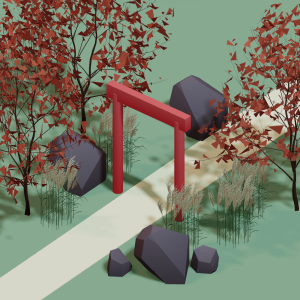 All training, tips and articles
All training, tips and articles
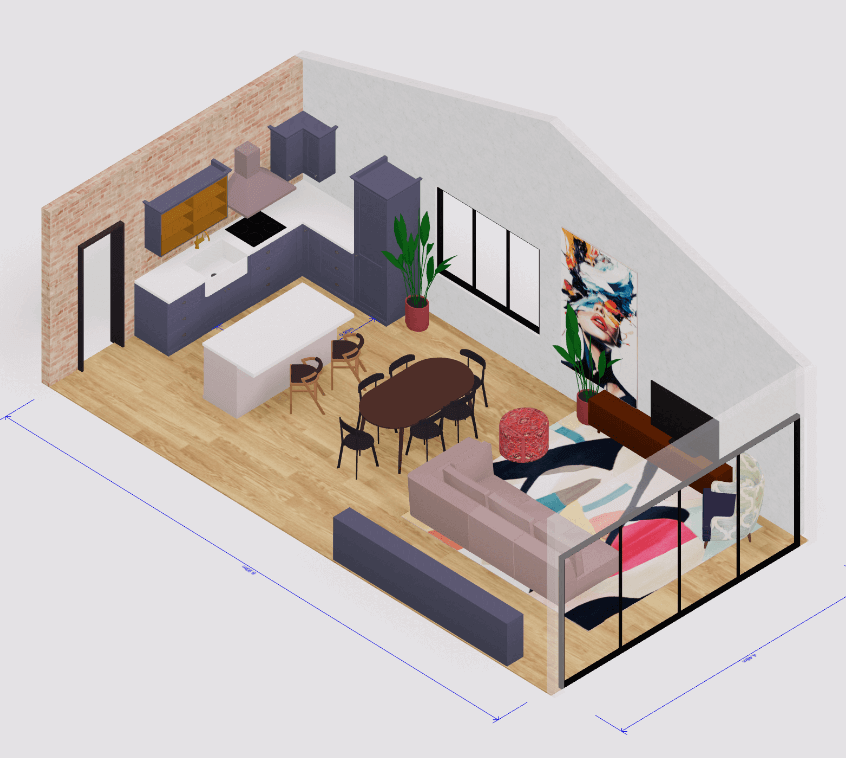 3D house design tool
3D house design tool
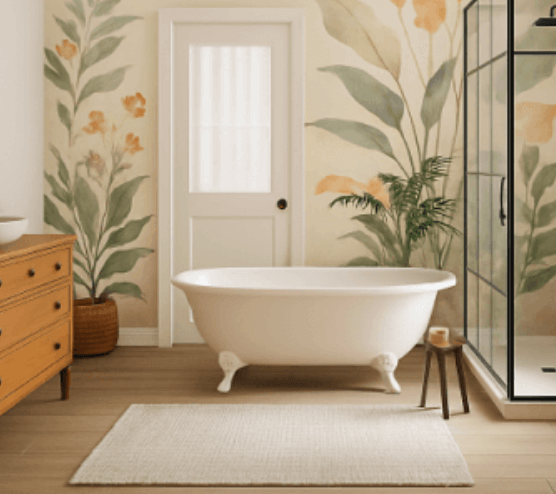
 Color palette generator
Color palette generator
 Floor plan creator
Floor plan creator
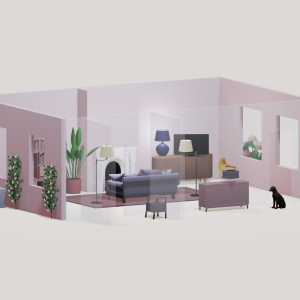 Interior design app
Interior design app
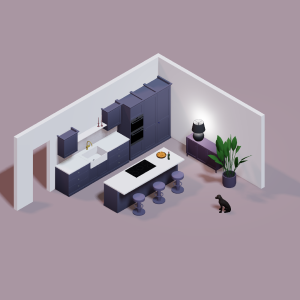 Kitchen design tool
Kitchen design tool
 House design software
House design software
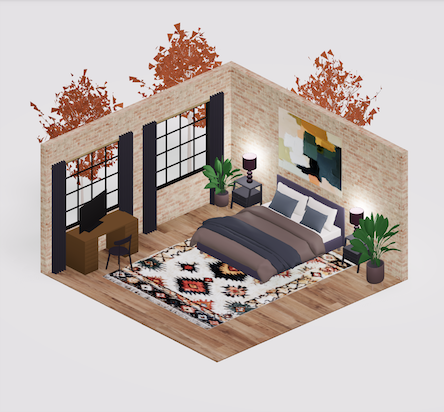 Room designer
Room designer
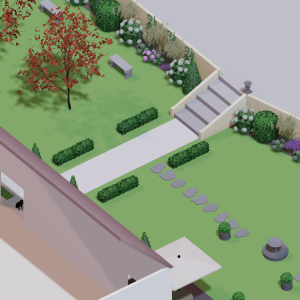 Landscape design software
Landscape design software
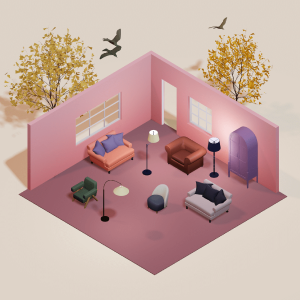 Bedroom design
Bedroom design
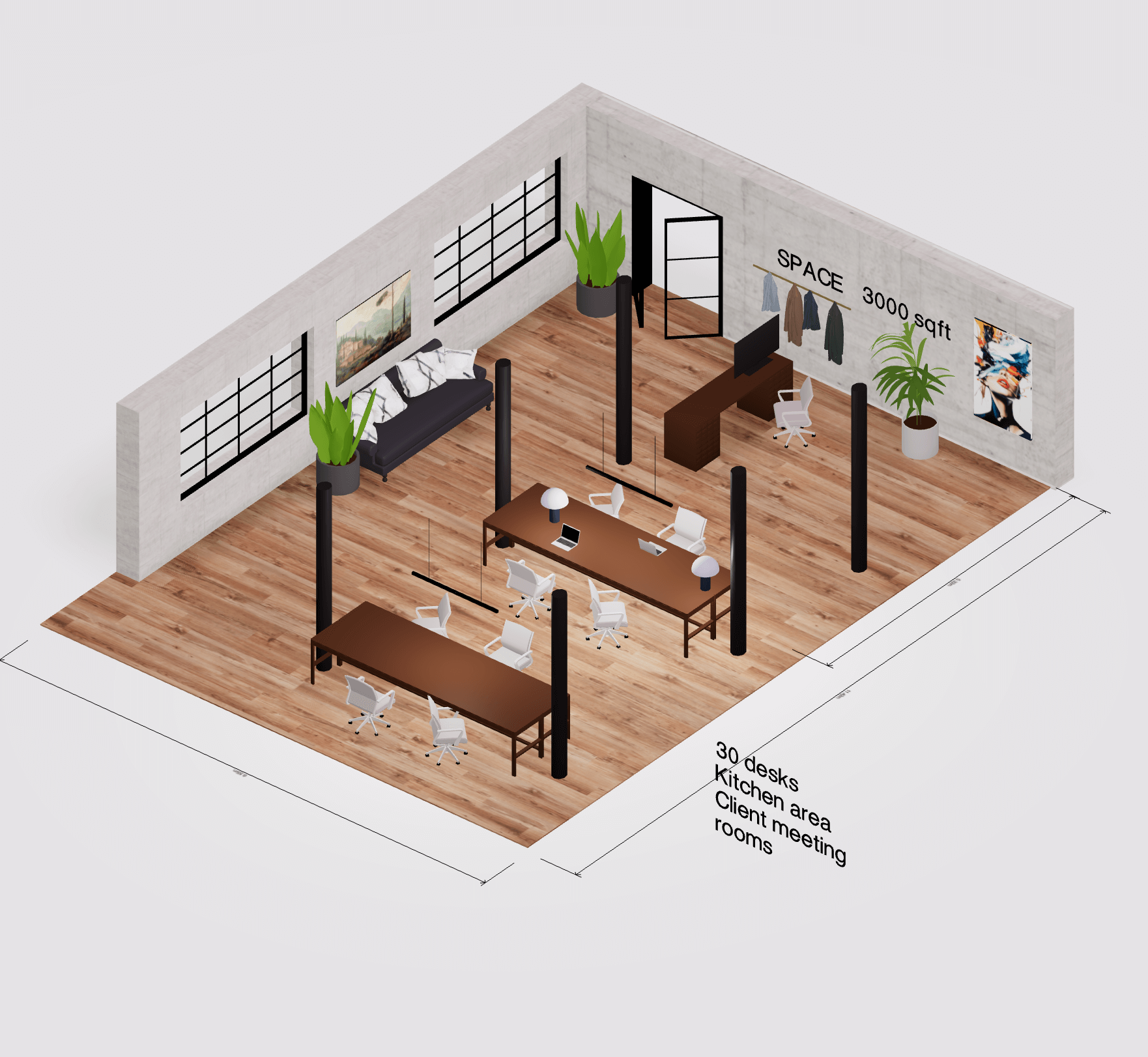 Office floor plan creator
Office floor plan creator



